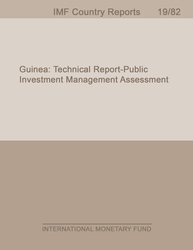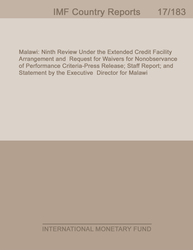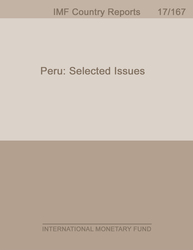
Guinea: Technical Report-Public Investment Management Assessment
Technical Report-Public Investment Management Assessment
READ MORE...
Volume/Issue:
Volume 2019
Issue 082
Publication date: March 2019
ISBN: 9781498303880
$18.00
Add to Cart by clicking price of the language and format you'd like to purchase
Available Languages and Formats
| English | ||||
| French |
Prices in red indicate formats that are not yet available but are forthcoming.
Topics covered in this book
This title contains information about the following subjects.
Click on a subject if you would like to see other titles with the same subjects.
Public Finance , ISCR , CR , investment project , capital stock , project management , investment expenditure , Guinean authorities , public investment , Public investment and public-private partnerships (PPP) , Public investment spending , Budget planning and preparation , Capital spending , Sub-Saharan Africa
Also of interest
Summary
This Technical Report discusses Guinea’s Public Investment Management Assessment (PIMA). This report presents public investment trends and the public investment efficiency gap, details the results of the assessment, and offers recommendations to improve PIM in Guinea. The institutional PIM framework has more strengths than weaknesses, despite being incomplete, while PIM effectiveness shows more weaknesses than strengths. Guinea recently signed roughly 20 public–private partnership (PPP) contracts through direct negotiation, although the institutional framework for PPPs is not yet finalized; this represents a source of potential financial risk that has not been evaluated. It is important to ensure that PPPs are adequately addressed in the legal and regulatory framework and to promote public access to information to uphold the principles of competition, efficiency, transparency, and, in particular, to open unsolicited proposals to competition. The report highlights that if Guinea is to reap the full benefits of its increasing capital spending, the authorities need to focus on correcting PIM weaknesses and improving the efficiency of PIM.
Copyright © 2010 - 2024
Powered by:
AIDC



